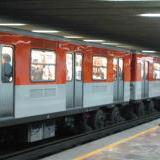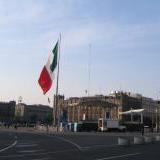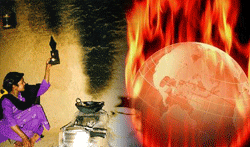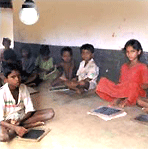On the lookout for a good taqueria, I ate a lot of food that I would not have ordered had I known what the spanish word really meant :-)
My simple criteria for a good taqueria is that it should look clean and no open racks of unappetizing raw meats, and it should have a good selection of stuff on the side - fresh salsa, guacamole, red or green sauces, and more is always better. Surprisingly, not all places had these - for example, El Charco de las Ranas, a nice looking place, mid-range costs, did not have salsa or guacamole - I got just a tortilla with chorizo and lime - so that counts as a mediocre taqueria.
Stumbled across a fantastic place - Taqueria Los Parados, at a street corner, Baja California 110, a ten minute walk from Centro Médico metro, opens late, probably 11AM or noon. Definitely off the tourist track! This place has been running since 1965.
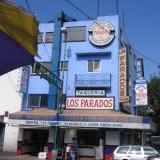 Taqueria Los Parados: Food Rating:
Taqueria Los Parados: Food Rating:  Value Rating:
Value Rating: 
It is standing-room only dining, there is a cook over a large grill, and another one next to the al pastor column of meat.
The alambre is a good choice - grilled meat, onions, pepper, and optionally a thin layer of cheese on top. They heat the cheese in small earthern pots on the grill!
This place was amazingly crowded - not sure where all the people came from in this locality! People also ordered straight to the cook, walking from one end to another, and then when full, went to cashier to pay - how can anyone keep track of what they ate???! This is normal in Mexico - some people will say you should keep track of the paper the taco is served in to add it all up at the end! No one I saw did that. So I guess it is all on the honor system here, you go around order what you need, and then tell the cashier what you ate.

